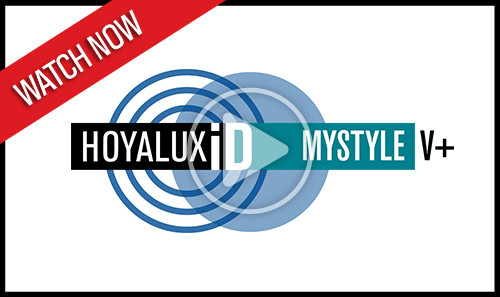More than just vision correction!
Did you know that your eyes reveal insights regarding your overall health? In fact, your eyes provide early detection for many different diseases that can affect more than just your vision! That's why we routinely perform tests that look for signs and symptoms of many different diseases, not just eye diseases, during your regularly scheduled eye health evaluation.
Illnesses that may be discovered early on through signs in your eyes include high blood pressure, diabetes, and even heart disease. That's why it's so important to leave your total eyecare to professionals. We feel it's important to review your family history then monitor and watch for signs of possibly inherited diseases or illnesses as another precaution.
What we check during your routine evaluation:
Of course we are always checking your eyesight to ensure proper vision. Your total eye health is extremely important to us and we do everything we can to make sure you receive the best personalized care possible.
Did you know that the curve of your cornea determines how the light reflects into your retina and the type of image produced? We measure your cornea, record your vision then consult and recommend the best options available to you with all the latest technology!
We check for Glaucoma, a disease where high levels of pressure inside of your eye are present when your eyes fail to regulate internal pressure. Early detection of glaucoma is crucial to prevent the loss of sight.
We watch for cataracts, when the internal lens of your eye becomes cloudy and necessitates replacement.
Do you know what binocular vision is? It's when each of your eyes forms its own image and transfers these images to the brain. The brain fuses these two images into one. In order for this to occur, your eyes must move together, be aligned, and produce the same size and shape image. When this doesn't happen it's difficult to see clearly and usually causes strain and headaches. We also conduct a series of tests to assess the ability of your eye muscles to make sure that both eyes are working as a team!
Our eye evaluations are the best you can find!
While so many bargain eye care providers are interested only in volume and getting the next patient in the chair, we put quality above all else. We want to make sure your eyes and your vision are healthy. That's why we offer comprehensive eye health evaluations and necessary follow-up care. For more information, please call or email.







